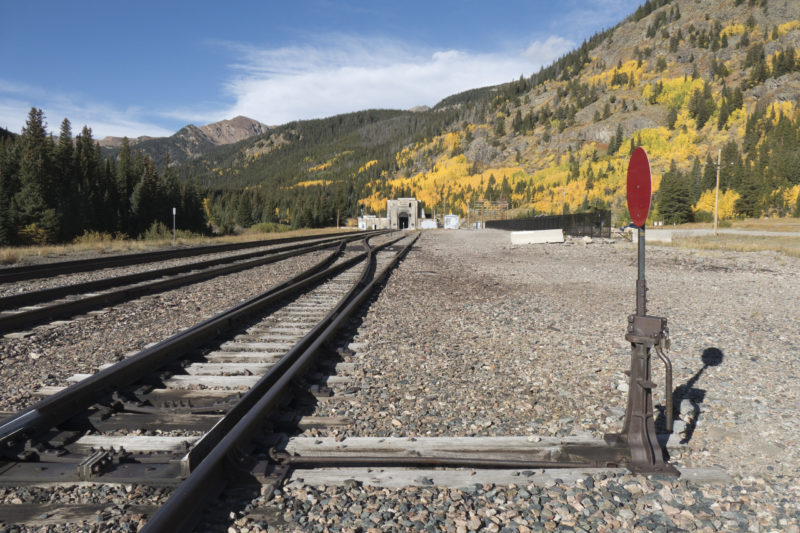What is Silicosis?
Silicosis refers to the scarring and stiffening of the lungs that is caused by long-term silica exposure. It is an irreversible lung disease characterized by a progressive cough, shortness of breath, and chronic fatigue. These symptoms may be mild at first, but can become increasingly severe over time. If the condition continues to worsen, it can result in serious disability and death.
Need Our Help? Contact Us Today!
How are Railroad Workers Exposed to Silica?
Railroad track department or maintenance of way workers often suffer dangerous silica exposures while working with and around track ballast. Track ballast is usually composed of crushed stone. Granite and limestone are the most common types of rock that are used to produce track ballast, and both types of rock contain silica. As a result, track ballast can contain significant amounts of silica dust. Granite ballast may contain as much as 50% silica. Workers who operate ballast machines, such as ballast regulators and tampers, and track department workers dumping ballast have historically suffered some of the worst silica exposures.
Silica is also the primary constituent of locomotive sand. Locomotives are equipped with sanding systems that spread sand onto the rails. The extra traction provided by the sand can be crucial on inclines or when a locomotive needs to stop in an emergency. However, this results in large amounts of silica dust being released into the air. Plumes of silica enveloped locomotives and the engineers and conductors within those cabs suffered dangerous silica exposures.
Locomotive sanding systems require tons of silica sand. The railroads fill sand towers near their locomotive shops or service tracks where locomotives are fueled and sanded. Older sanding systems frequently spilled sand, exposing the laborers and other shop workers to dangerous levels of silica. We represented an Amtrak laborer who described having to load sand into locomotives from bags of sand. He was not provided with a respirator. His exposures would have been extreme.
The fact is, because silica becomes windborne, all of the workers in the yards near the sanding operations would have had varying levels of silica exposures. In addition, railroads notoriously failed to clean up piles of silica in the yards. This silica would blow across the yards exposing train crews and car inspectors to unsafe levels of silica.
How Can Dangerous Silica Exposures be Prevented?
Because silica particles are so small, individuals working around silica dust need respirators in order to adequately protect themselves. The railroads were aware that silica exposure was causing railroad employees to develop silicosis since the 1930s. However, it wasn’t until the late 1980s that most railroads initiated respirator programs designed to safeguard shop workers. Locomotive crews still suffer regular silica exposures. As a result of the railroad industry’s head in the sand approach to safety, generations of railroad workers have endured needless silica exposures.
What can I do if I was Exposed to Silica?
If you or a loved one was exposed to silica while working for a railroad and have been diagnosed with a related disease, the attorneys at Hughes Law Offices may be able to help. These are complicated cases that require experienced attorneys. While you and your loved ones focus on recovery, let us do the work needed to prove your case. Contact Hughes Law Offices today at 312-877-5588 for a free attorney consultation.


